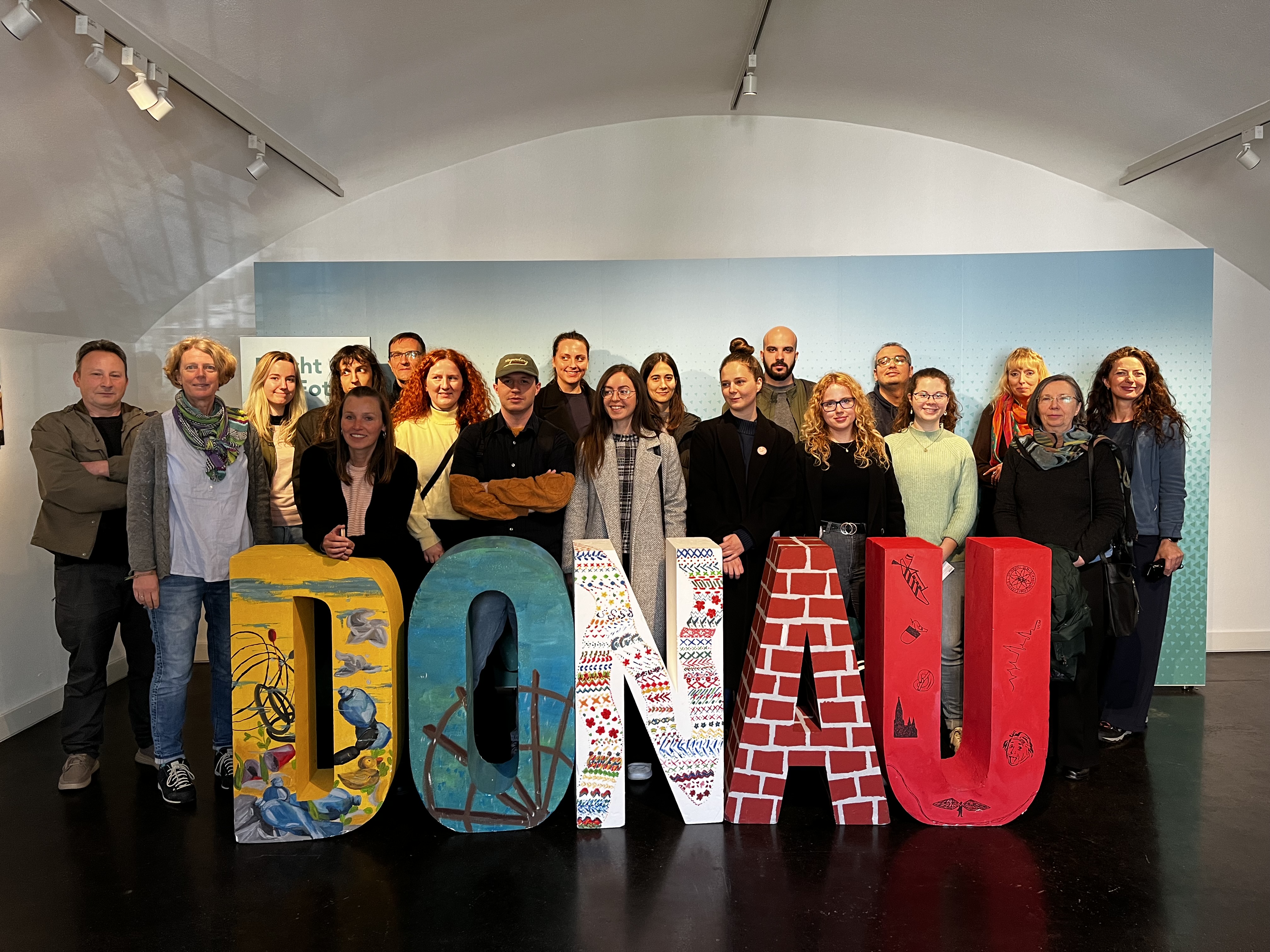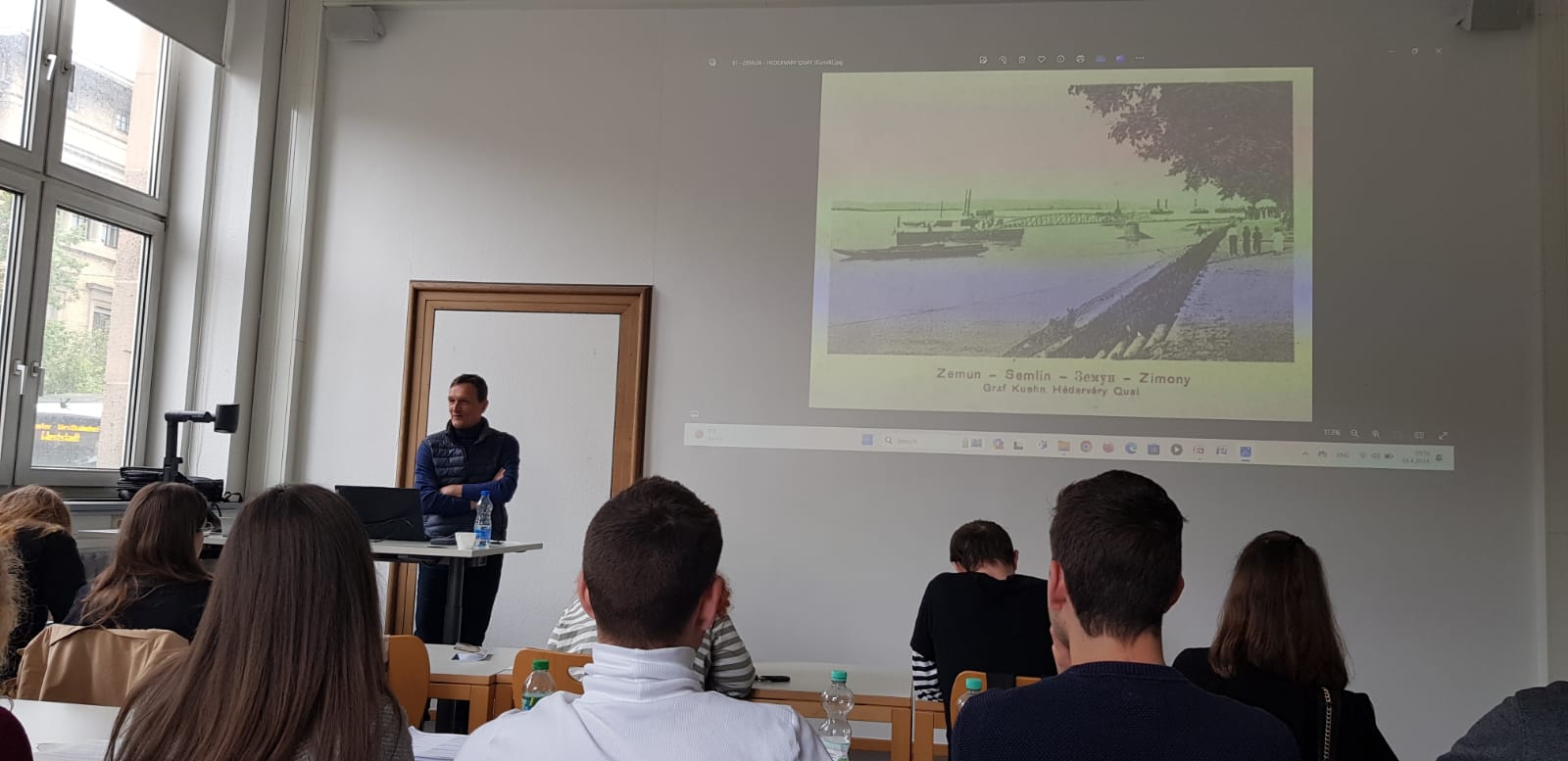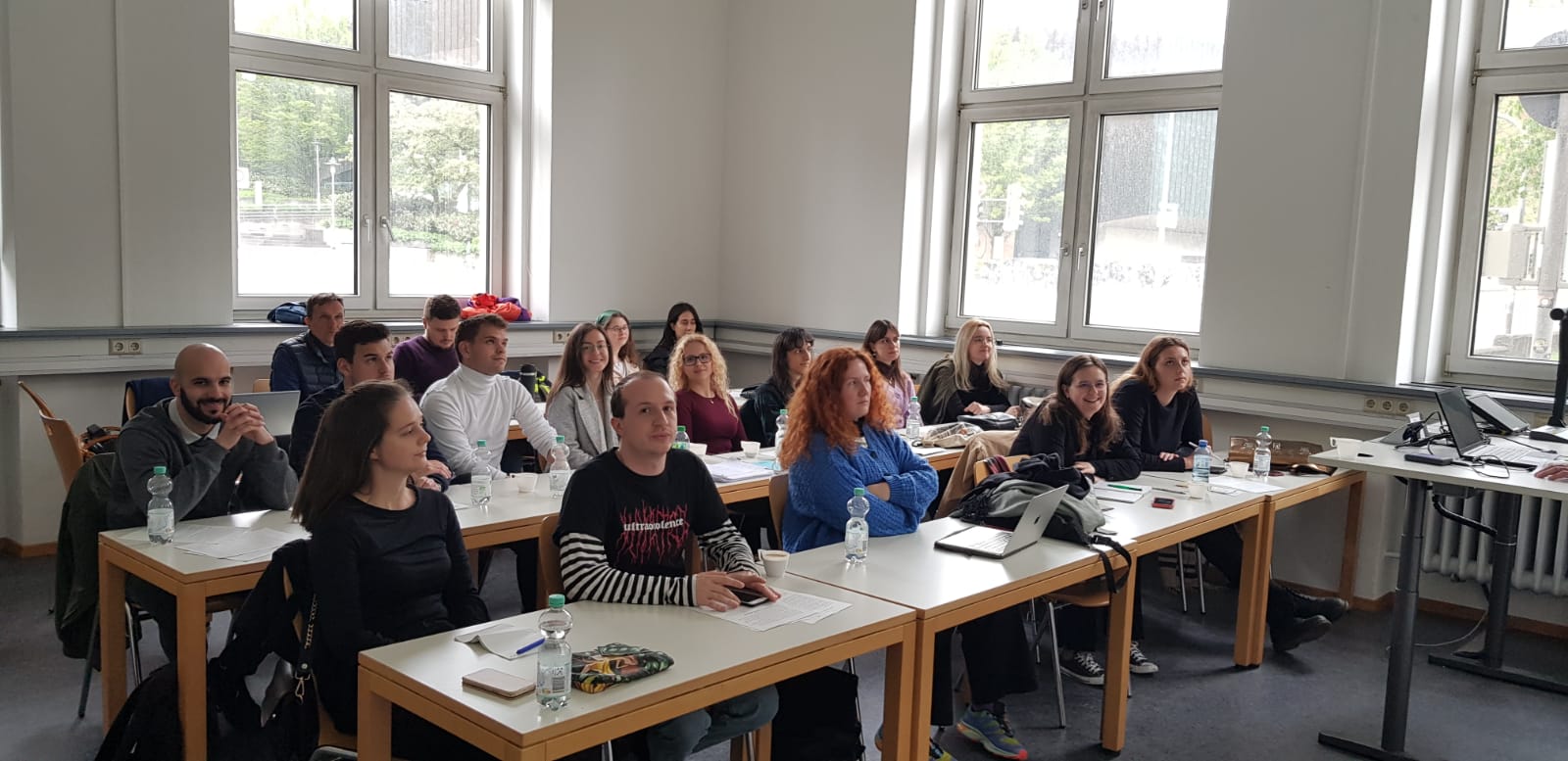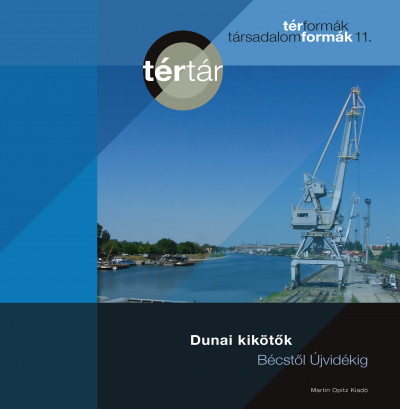Our projects and events
Book review of "Fókuszban a portők térformáló hatása" by Máté Tamáska now available
The 11th volume of the book series and research workshop TÉRformák - TÁRsadalom-formák - edited by architectural sociologist Máté Tamáska - was published in 2024 under the title Danube Ports from Vienna to Novi Sad. In four chapters, twelve studies outline the development of Danube shipping, the changing role and industrialisation of the river, port construction and port development in the 19th and 20th centuries as a decisive process in the dynamic transformation of Danube cities. The aim of the volume is to provide insights and questions for architectural sociology.

Dunai kikötők - Bécstől Újvidékig
To mark the 150th anniversary of Budapest, the publication sheds light on the historical and urban transformation of the Danube cities. The focus is on the development of river areas, the industrialisation of the ports and social contrasts along the banks. In addition to Budapest, Vienna, Mohács, Baja and Novi Sad are also analysed. Studies will also be devoted to the future of inner-city harbours and architectural and urban development ideas. The book combines architectural-sociological perspectives with ecological debates and shows the interaction between city and nature.
Click here for the application
If you are interested in participating in the workshop, please submit an abstract of about 300 words and a short CV (maximum 200 words) by July 29, 2024 by e-mail to daniela.simon(at)idgl.bwl.de. The proposed topics for the conference contributions should be based on the project priorities presented here, deal with individual Danube ports or aim to make comparisons. Interdisciplinarity is expressly desired. If you are also submitting an informal application for pro rata reimbursement of travel expenses, please enclose a cost calculation.
If you have any questions, please contact PD Dr. Daniela Simon (daniela.simon(at)idgl.bwl.de).
Texts on the Springschool 2024 international study seminar are now available
At the Springschool "Ports on the Danube: History, Architecture and People" organized by the Institute for Danube Swabian History and Regional Studies. During the week from April 16 to 19, various topics were discussed from different perspectives on the subject of ports. Ports along the Danube were not only analyzed from an architectural and structural perspective. Ports are places of business and trade, spaces of cultural and political interaction, but also bearers of historical processes and developments and are therefore spaces with a deep spectrum of potential impact and message. As such, they require interdisciplinary approaches and a multi-perspective perspective for research, which Springschool will convey and develop.
In line with this approach, the students examined topics relating to various Danube ports. These texts are now available under the heading Port Reports - Student Impressions.
Report on the conference in Novi Sad
From 5 to 6 November 2024, the conference ‘Ports on the Danube: History, Architecture, People’ took place in Novi Sad, organised by Reinhard Johler, Daniela Simon (both Tübingen), Máté Tamáska (Budapest) and Žolt Lazar (Novi Sad). Focussing on the Danube ports of Central and South-Eastern Europe, the conference facilitated an exchange on their development, the associated socio-economic effects and their future.
The corresponding report on the conference in Novi Sad is now provided by economist and logistics expert Richard Vahrenkamp (Kassel) and can be viewed at the following link:
Conference on 5-6 November in Novi Sad
On 5-6 November, an international scientific conference on the topic: ‘Ports on the Danube. History, Architecture, People’ will take place at the Faculty of Philosophy in Novi Sad.
Over the last two decades, inland waterways, transport corridors and urban port areas have increasingly attracted the attention of business and politics, especially in areas such as transport, trade and housing. This interest has also extended to academia, where sociological aspects of urban development and historical perspectives on waterways as enablers of the circulation of knowledge, people and goods have been explored. However, port facilities and port districts along the Danube have received limited scholarly attention, even though the Danube waterway played a significant role in the economic development of Central and South-Eastern Europe in the 19th century. The Danube ports were important hubs that promoted maritime culture, industrialisation and cultural diversity. This dynamic shaped urbanisation, regional and transregional exchange and the interaction between centres and peripheries. The aim of this workshop is to bring together researchers to discuss the development, function, socio-economic impact and future of the Danube ports, including their decline and revitalisation efforts.
Until July 29, 2024: Call for Papers
Over the last two decades, inland waterways, traffic corridors and urban port districts have increasingly attracted the attention of business and politics in the areas of transportation, trade and housing. This interest can also be observed to some extent in academia, for example when the sociological dimension of urban development or historical perspectives on waterways as enabling spaces for the circulation of knowledge, people and goods are examined. For the port facilities and port districts on the Danube, such a scientific thematization has been largely lacking to date. This stands in contrast to the importance of the Danube waterway for economic development in Central and South-Eastern Europe in the 19th century, which also led to the growth of cultural diversity in the cities and regions along the Danube. The Danube ports formed the hubs of such processes, were the carriers of a maritime culture and had a significant influence on the shaping of their surroundings. The networking between centers and peripheries, the urbanization of river landscapes, industrialization and regional and supra-regional cultural exchange were all influenced by the dynamics of the numerous port facilities over the last two centuries.
April 16 to 19, 2024: Spring School 2024
The Institute for Danube Swabian History and Regional Studies organized this year's Springschool on "Ports on the Danube: History, Architecture and People" for students in the week from 16 to 19 April. Various topics were discussed from different perspectives on the subject of ports. Ports along the Danube were not only analyzed from an architectural and structural perspective. Ports are places of business and trade, spaces of cultural and political interaction, but also bearers of historical processes and developments and are therefore spaces with a deep spectrum of impact and expressive potential. As such, they require interdisciplinary approaches and a multi-perspective perspective for research, which the Springschool will convey and develop.
March 27, 2024: Lecture by Mate Tamaska
Waterfront Komarno. National port of a small town. As part of the FSS Muni, Tamáska Máté will give a lecture on March 27 between 14:00 and 15:00 on the topic "Waterfront Komarno. National port of a small town". The port of Komárno on the Slovakian side of the Danube between Bratislava and Budapest is still active despite its industrial character. There are debates about its future use, with the local government planning a promenade along the river. Sociologically, the planned disappearance of the port reflects the process of post-industrialization, with the working class disappearing from the urban space. Nevertheless, the port remains an important relic of the classic industrial cityscape on the Danube.












